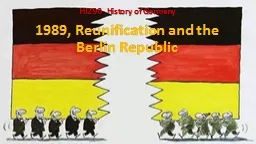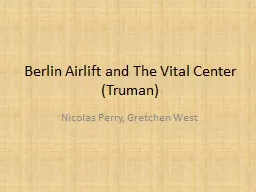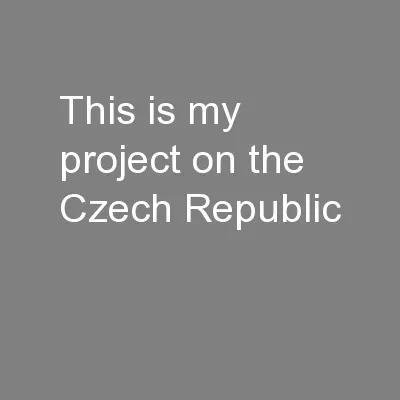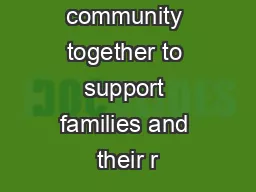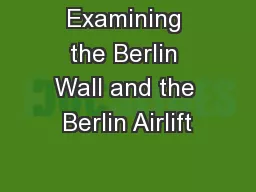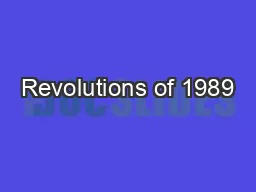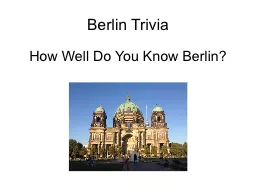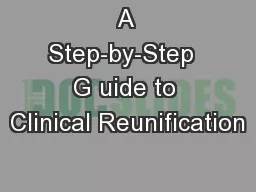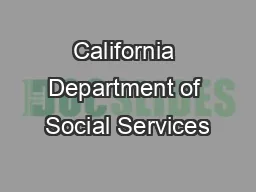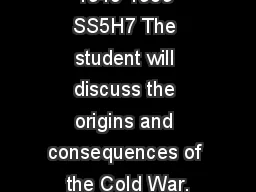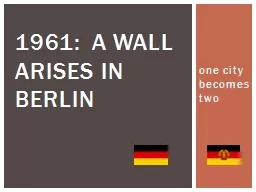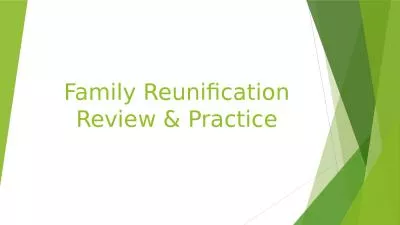PPT-1989, Reunification and the Berlin Republic
Author : celsa-spraggs | Published Date : 2016-12-16
HI290 History of Germany Reasons for the Collapse of the GDR Domestic Factors Economic problems Growing dissatisfaction with regime Pressure for reform International
Presentation Embed Code
Download Presentation
Download Presentation The PPT/PDF document "1989, Reunification and the Berlin Repub..." is the property of its rightful owner. Permission is granted to download and print the materials on this website for personal, non-commercial use only, and to display it on your personal computer provided you do not modify the materials and that you retain all copyright notices contained in the materials. By downloading content from our website, you accept the terms of this agreement.
1989, Reunification and the Berlin Republic: Transcript
Download Rules Of Document
"1989, Reunification and the Berlin Republic"The content belongs to its owner. You may download and print it for personal use, without modification, and keep all copyright notices. By downloading, you agree to these terms.
Related Documents

